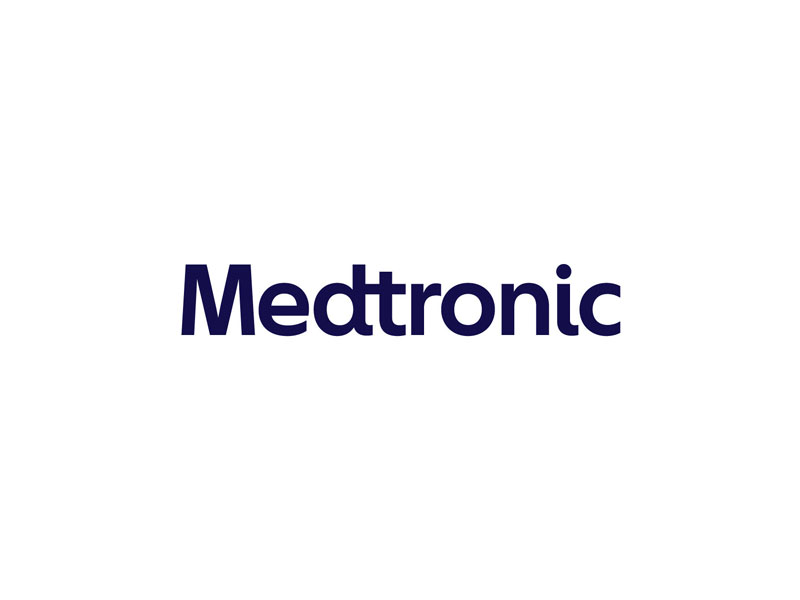Medtronic, a global leader in healthcare technology, has officially published comprehensive data at the American Diabetes Association’s (ADA) 84th Scientific Sessions, showcasing the benefits of its MiniMed™ 780G system. According to certain reports, the data digs into how the system can effectively treat conditions like hyperglycemia and nighttime burden, thus presenting two use cases that join the technology’s already-long list of existing applications. These applications include an ability to tackle unique and burdensome challenges of diabetes like navigating highs, managing meals, and counting carbs, while simultaneously mirroring outcomes across a far-reaching patient population. Before we get any further into the development, though, we must try and understand the significance attached to it. You see, among the burdens of living with diabetes, hyperglycemia has long been overshadowed by hypoglycemia. More on the same would reveal how, if we go by the numbers, only 26% of people living with diabetes achieve HbA1c levels of <7.0%, leaving others vulnerable to severe health complications. Now, although reasons contributing to the condition can vary, one challenge of high blood sugars is the dawn phenomenon, which translates to an increase in glucose levels during the early morning period. This is where Medtronic’s MiniMed™ 780G system comes in. To contextualize the device’s potential, we can look at a study where it was discovered that users who upgraded from the MiniMed™ 770G system to the MiniMed™ 780G system were able to get rid of the morning phenomenon. Assessing the elevation of sensor glucose levels >20 mg/dL from 3 – 6 am compared to 12 – 3 am on at least 30% of the nights, the study saw morning phenomenon rates going from 12.2% to 4.5%., with Time in Range also increasing from 87.7% to 91.4% between 12 and 6 a.m.
“For those living with type 1 diabetes, dawn phenomenon can be a stressful occurrence that feels out of one’s control,” said Robert Vigersky, MD, Chief Medical Officer of Medtronic Diabetes. “The introduction of the MiniMed™ 780G system has made it easier to maintain target glucose range with less effort to protect against hyperglycemia.6,7 It’s been an absolute gift for my patients who have struggled with stubborn highs throughout their diabetes journey.”
Another component that the MiniMed™ 780G system would address is, of course, the nighttime burden. Up until now, those CGM-generated alerts and the need to deliver manual boluses would often disrupt sleep in patients, accentuating the burden of diabetes even further. In response to that, the MiniMed™ 780G system achieved in patients, who used it for more than 14 nights, significantly fewer overnight sleep interruptions and Time in Range improvements. This it did as a result of the automatic adjustments in insulin and correction of glucose levels every 5 minutes, including during sleep. Furthermore, the device decreased nighttime alerts by 45% for all users, and by 55% for those who used recommended optimal settings. Hold on, there is more, considering the MiniMed™ 780G system also increased uninterrupted sleep by 30 and 36 minutes per night, respectively.
At present, the MiniMed™ 780G system is available for patients aged 7 and above, and it can be accessed in over 100 different countries worldwide.
“The MiniMed™ 780G system has firmly established itself as a proven automated insulin delivery system,” said Gregory Forlenza, MD, professor and pediatric endocrinologist at the Barbara Davis Center and lead investigator on the study. “With the next iteration of the system and this next-generation Simplera Sync™ sensor, the overall experience for people living with type 1 diabetes could be enhanced and may prove to be a compelling option for diabetes management — particularly when leveraged in combination with recommended optimal settings.”


